If you are a present-day sailor who needs to make his sailing better then Electronic gadgets for Sailing yachts are the thing to go with. These are necessary tools; they provide ease, safety, and efficiency while on the sea due to the advancement in technology. There are different electronic gadgets that can be used in sailing yachts starting from navigation systems up to communication devices. You will not only enjoy but also be more relaxed during your ride.
This post will list down some of the must-have electronic gadgets for sailing yacht hence ensure you are fully prepared before entering into any sea adventure. Whether this is something new or an old story among sailors- read through and get enlightened about top rated electronics which could take the game higher than ever before!
Essential Electronic Gadgets for Sailing Yacht for Sailing Yacht
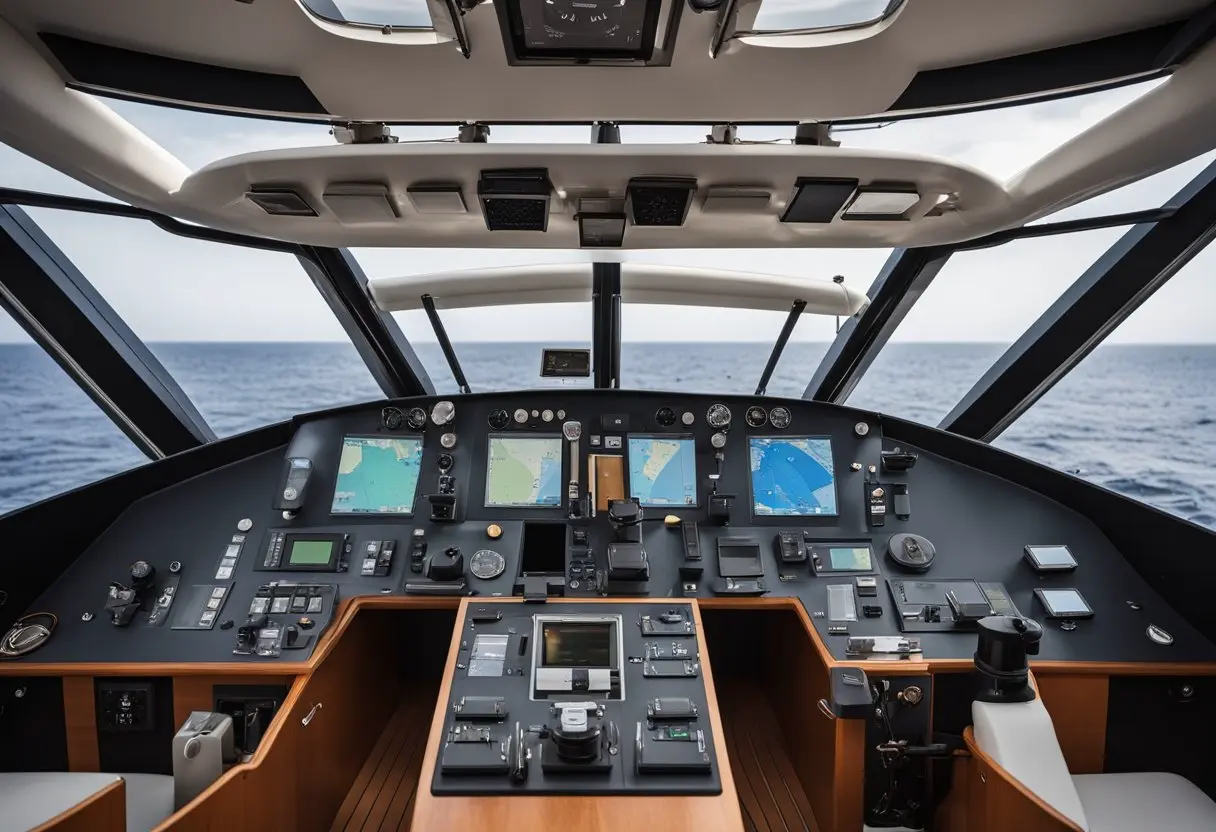
For anyone who is interested in sailing having the right kind of navigation electronics can change everything for you. These are the most important navigation electronics for a yacht that any sailor should consider investing in.
Chartplotters and GPS Systems
Sailing as an activity keeps on changing over time; however, chartplotters and GPS systems remain important in the life of any modern sailor. These tools are built upon electronic navigation charts (ENC) that are merged with GPS data to provide information concerning your whereabouts, direction as well as speed while sailing. It is also vital to look out for some functions before buying a chartplotter or GPS system which includes screen size for better visualization, compatibility with other onboard electronics and devices such as tablet computers among others, intuitive interface that can be easily operated even when conditions become unfavorable.
Sailors can enjoy many advantages with these systems. The most important one is improved situational awareness which helps them navigate with more confidence, especially in unfamiliar or congested areas. It’s necessary for collision avoidance, route planning as well as early identification of potential dangers. Besides, a lot of the up-to-date tools are compatible with AIS (Automatic Identification System) thus providing an additional safety layer through better visibility among ships and being visible to them.
Autopilot Systems
Autopilot systems can turn a sailing yacht into something it wasn’t before an entire vessel operated by a machine while sailors concentrate on everything else that matters during their journey across the ocean. There are different levels of automation available with these inventions, some are only capable of maintaining course while others can adjust for changing winds and even rough seas. A cruiser should keep this in mind when choosing one so they get exactly what they need out of the device; after all, not every yacht will use sensors registering how fast or slow the breeze blows around them.
Why should you have an autopilot system in your yacht? As a sailor, the primary benefit is that it saves work particularly when sailing long distances singlehandedly or with a small crew. This allows more time to be spent on planning routes around different weather systems or simply enjoying the journey.
Improved fuel efficiency is also achieved because autopilots maintain the best heading and make small adjustments which would otherwise be too bothersome for human beings thus reducing consumption rates as well as wearing out the rigging and sails of the boat. In general terms, these devices amalgamate accuracy with automation thereby improving overall navigational experience; thus becoming a must-have facility among contemporary seafarers.
Wind Instruments and Speedometers
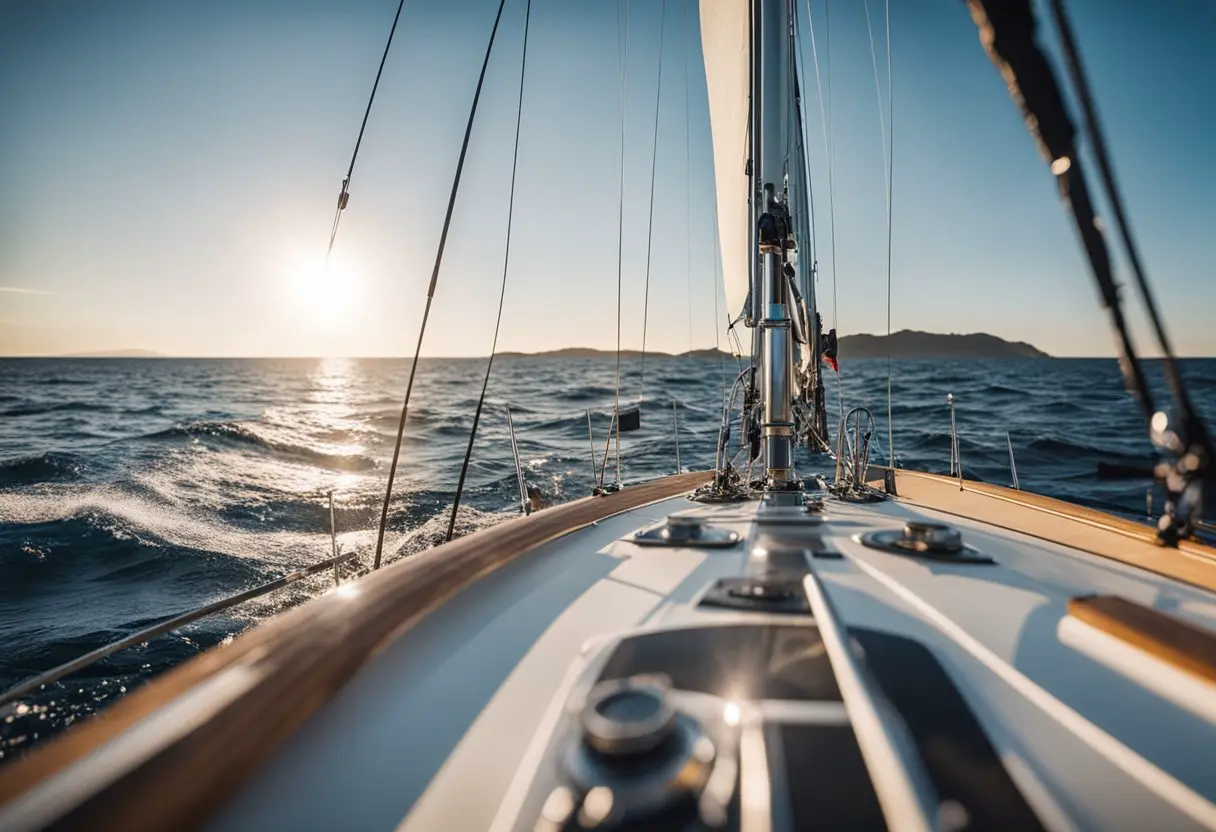
For sailors wind instruments and speedometers are most needed if they are to know and understand the marine environment around them. These gadgets measure the direction and speed of the wind and also the boat’s speed through water which gives very crucial information for navigation decision making such as adjusting sails or plotting courses.
This is why a sailor should have high quality wind instruments that will ensure accuracy in data collection even if there are slight changes in the pattern of the breeze which might necessitate a change of tactics while at sea. Unlike wind instruments, speedometers help keep track of how fast the yacht is moving hence allowing sailors to make wise choices on which sails to set and adjust for best performance.
These devices permit sailors to use the wind more efficiently, turning environmental factors into tactical advantages for sailing. If you incorporate wind instruments and speedometers with your boat’s electronics system, you will have a better understanding of what is around you, therefore allowing you to interact with nature more sympathetically. This cooperation between man and the ocean marks off a new era of yachting thus guaranteeing not only safety during the voyage but its pleasantness and success as well.
AIS (Automatic Identification System)
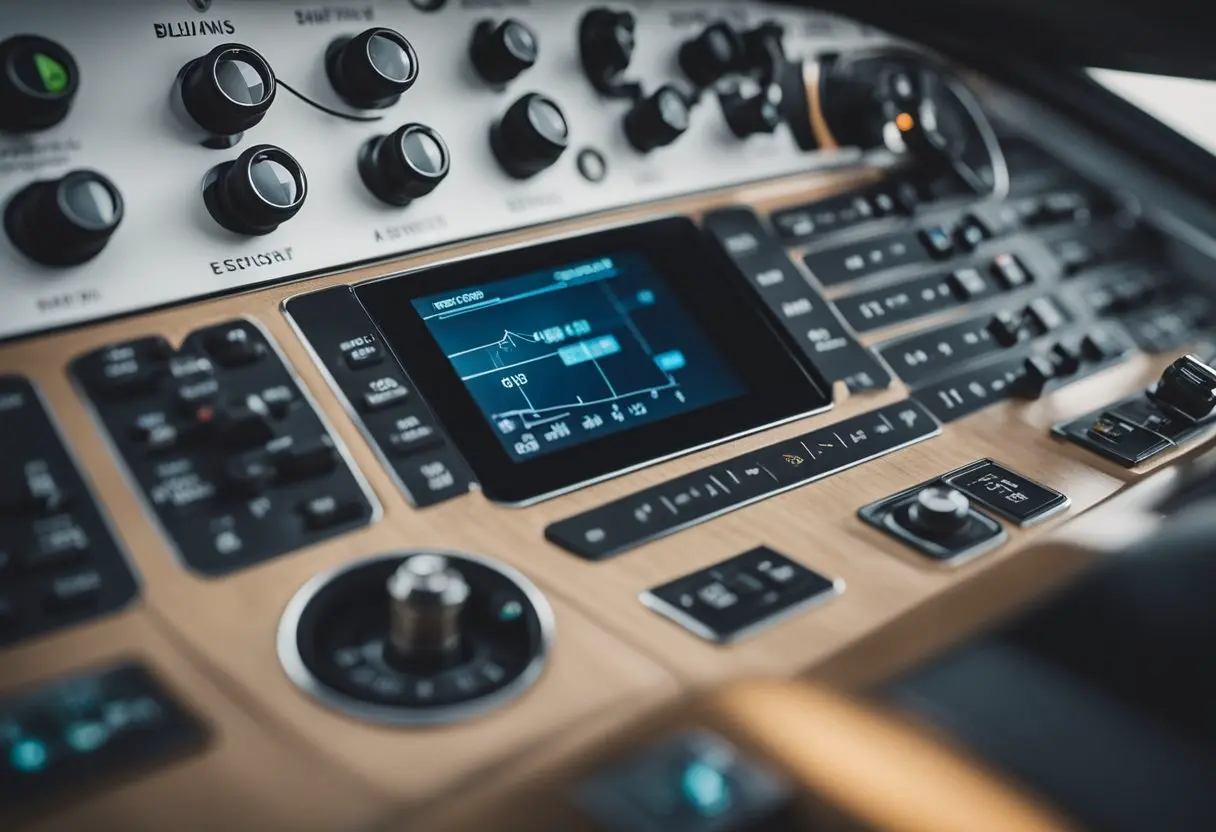
Marine safety has made a complete turnaround since the introduction of Automatic Identification Systems (AIS) by ensuring ships are able to have visibility and also be visible during dense fog, nighttime, or in areas with a lot of traffic. This intricate network broadcasts the identity, type, position, course, speed, and other important details regarding a vessel to all other ships within its proximity as well as maritime surveillance stations.
In regions where there is high traffic or when sailing through narrow channels, yachts find it extremely helpful as this equipment acts like an extra pair of eyes for them. The system warns sailors about potential dangers much earlier than the traditional methods thus enabling them to make quick decisions based on facts.
Furthermore, AIS could mean the difference between life and death during emergencies by simplifying the process of finding and helping troubled ships. When linked to other instruments like chartplotters, it broadens awareness while ensuring safer voyages at sea. Incorporating AIS technology into sailing guarantees not only personal safety through knowledge of the environment but also communal security within the oceans.
Solar Chargers and Power Management
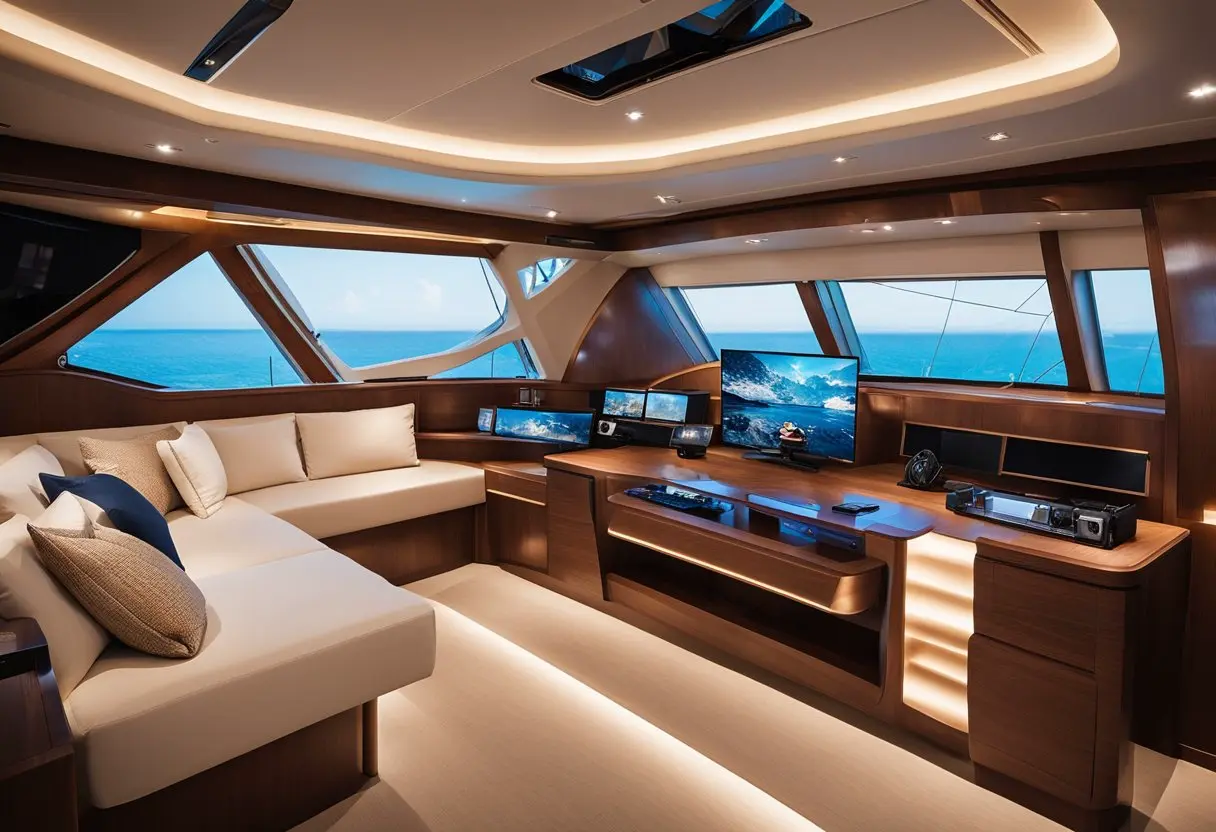
In sailing, it is important to keep your gadgets powered while using solar chargers. These chargers are known to be effective and environmentally friendly in keeping devices such as autopilots alive. Systems that help navigate boats need an energy source too. Solar panels work by changing light radiation into electricity; enabling you to have power all through for communication tools among others. The best thing about them is that they can tap into the abundant natural resource which is the sun while at sea hence ensuring continuous operation of equipment on board without having to turn on engines thus saving fuel and reducing emissions.
When choosing a solar charging system, take into account factors like wattage output that match your power needs, panel size for best installation, and durability to withstand tough marine conditions. Having a strong power management plan which includes using solar chargers can help sailors prolong their trips and be less reliant on shore-based sources of electricity. Adding solar chargers to your yacht’s power system will not only guarantee a constant supply of energy for important electronics but also help conserve the marine environment for the coming generations of sailors.
Waterproof Communication Devices
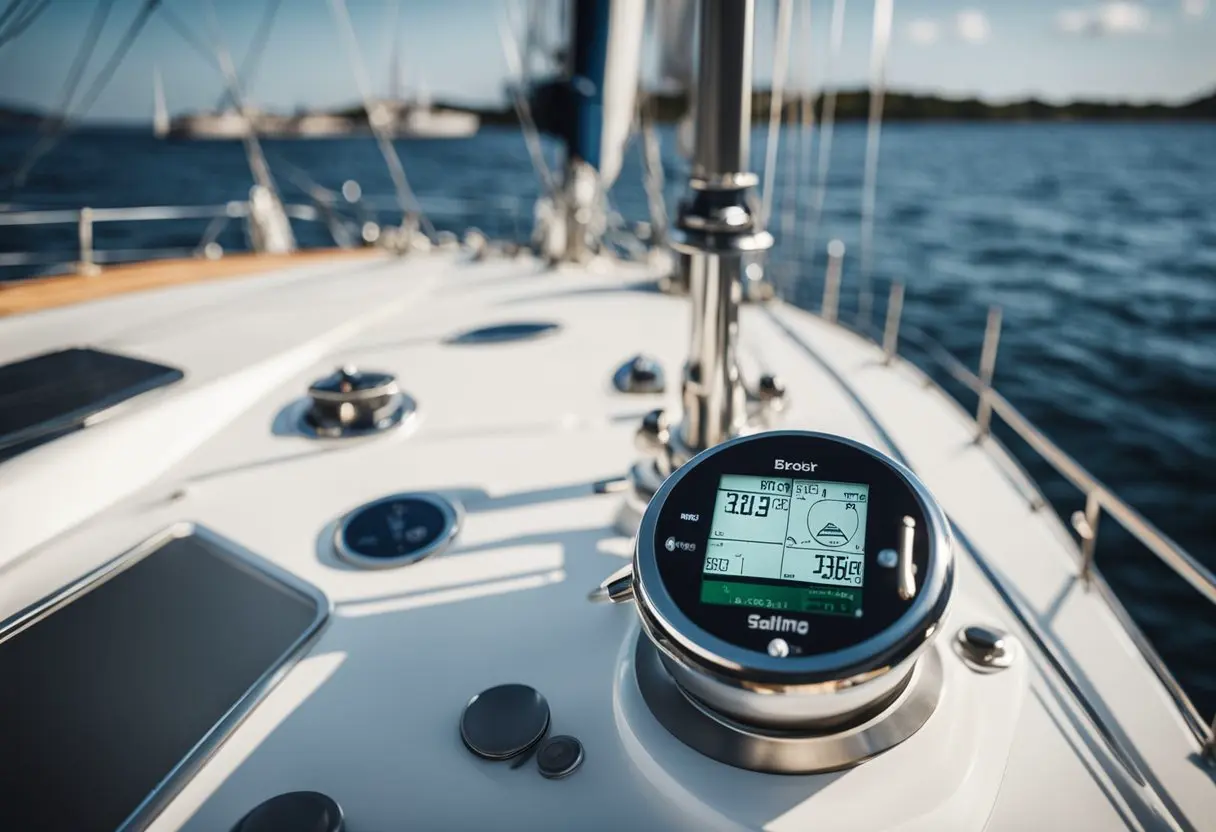
The open sea is very unpredictable, people therefore heavily rely on communication gadgets that are not only advanced but also waterproof. This has led to the development of a wide range of devices that can tolerate wet conditions as well as sustain round the clock connectivity regardless of the atmospheric state. Waterproof VHF radios form the basis for maritime communication; they offer a tough means for keeping in touch with other boats, harbors, and emergency centers.
On a more personal level, sailors are now able to waterproof their smartphones or use waterproof covers transforming how they communicate while at sea. Such devices enable them to call others, send texts, and even access navigation apps among other things without worrying about water damage.
Moreover, waterproof walkie-talkies are incomparable to crew communication during exercises or situations that need urgent and definite harmony among them. Most of these gadgets have long-lasting batteries and floatability; some even have integrated GPS thus making it a must-have safety and connectivity tool for any contemporary mariner while on the ocean.
Weather Forecasting Tools
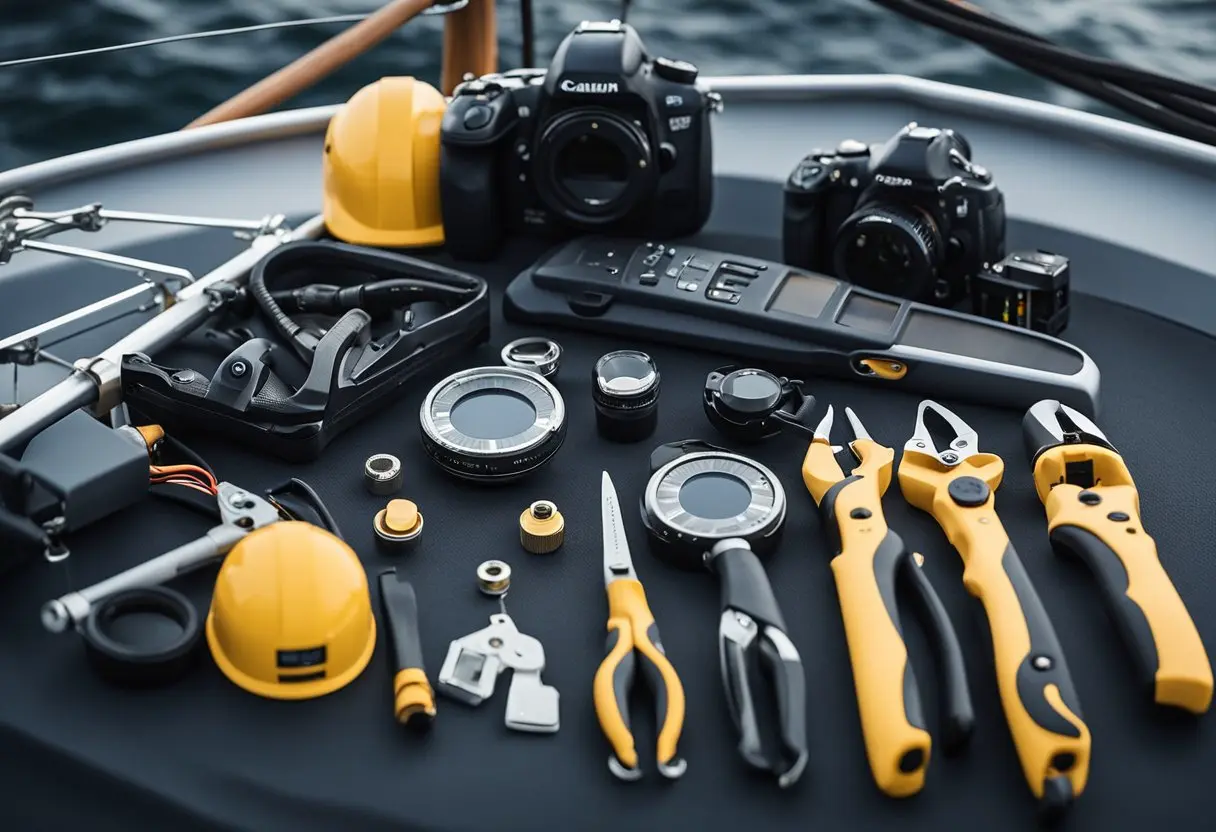
Nowadays, in the world of sailing that is full of technology, it is absolutely necessary to have accurate weather data which is updated every time and can be accessed very easily. Weather prediction among sailors has been changed greatly by modern electronic devices. These onboard weather facilities are considered as one of the most important among others since they give full details about wind speed, direction, humidity as well as barometric pressure right into your yacht’s navigation system or mobile device. Moreover, hand held anemometers provide immediate readings on the wind; this is crucial when making decisions at sea level.
In order to make more detailed predictions regarding future trends, it is necessary for sailors to have access to satellite weather receivers; this equipment enables them to download up-to-date weather maps and satellite images which will help them avoid bad weather. The most secure passage can be mapped out using complex weather routing software coupled with this device while considering the expected weather system. Additionally, high–end devices like smartwatches fitted with barometric sensors provide individualized alerts thus liberating mariners from constant screen monitoring. By utilizing these state–of–the–art tools for predicting atmospheric conditions, present-day seafarers are able to sail more safely across oceans and also maximize their time at sea.
Related Posts:
